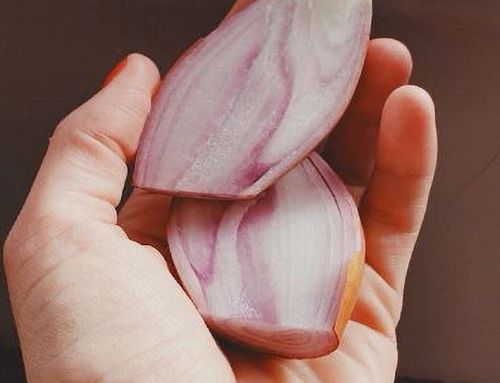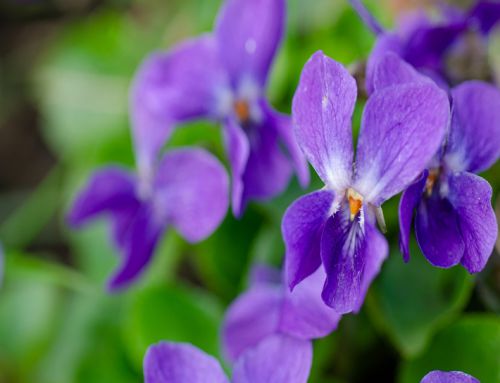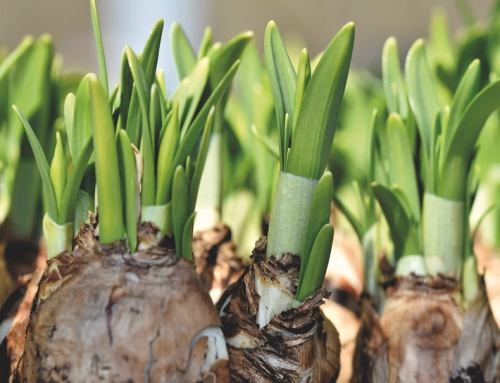Pruning Winter Flowering Hellebores
Helleborus, sometimes known as the Christmas or Lenten rose, Hellebores are perennial garden plants with elegant flowers. Fully hardy and low maintenance, they’re ideal for brightening up shady areas of your garden in late winter and early spring and some species have striking evergreen architectural foliage.
Most varieties are evergreen which means last year’s leafy growth is still hanging around when the new spring growth is struggling to appear. This can sometimes be unsightly. Removing old leaves in late winter or early spring also helps new growth and flowers show clearly.
Jan/Feb is a great time to tidy your Hellebores. Improve the display of blooms and prevent damage. At this time of year, in most gardens, the Hellebores can be seen as a big tuft of leaves, often getting brown or tatty by now, and usually surrounded by dead tree leaves and garden debris. As a general principle, we tend to snip off any leaves from our Hellebores from late December to February, as we think they look unsightly.
How to Prune Hellebores
Hellebore pruning is relatively easy. The plants are tough, and the appearance of new growth gives a clear signal to act. All it takes is a pair of sharp secateurs and all you have to do is take each leaf one at a time, trace the stalk back to ground level, and cut it off leaving about 5cm (2″) to prevent rotting. Remove the old growth by slicing cleanly through the stems. While you are doing this, look out for anything that is young and tender: some of these shoots will be new leaves, but most of them will be the flower buds, so be careful not to snip them off by accident. This is the main reason for doing the leaves one at a time. It’s important to be careful while pruning, however, as the sap of the plant can irritate the skin. Always wear gloves and clean your pruning shears thoroughly after use.
Watch our video for the tips on using Jeyes fluid to reduce disease.






